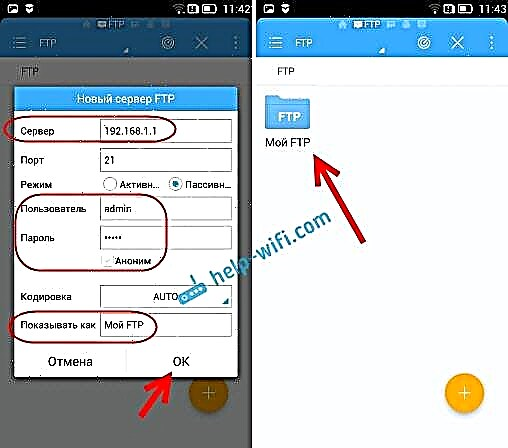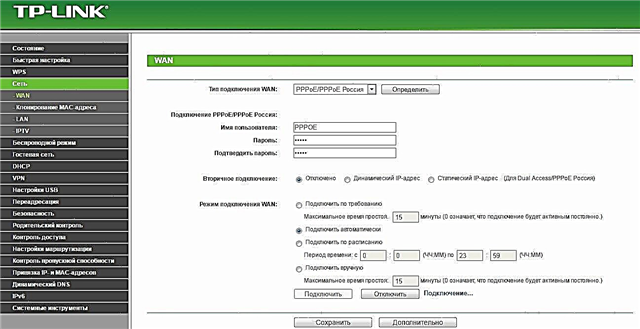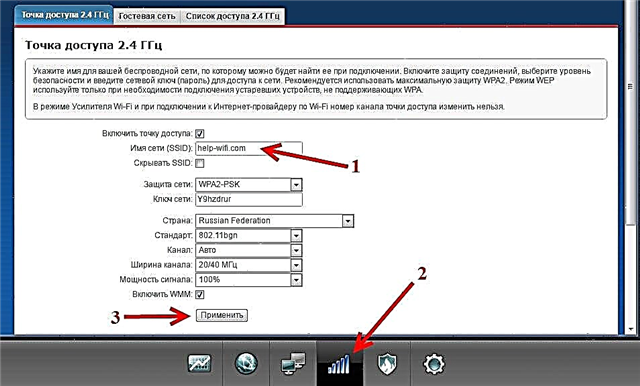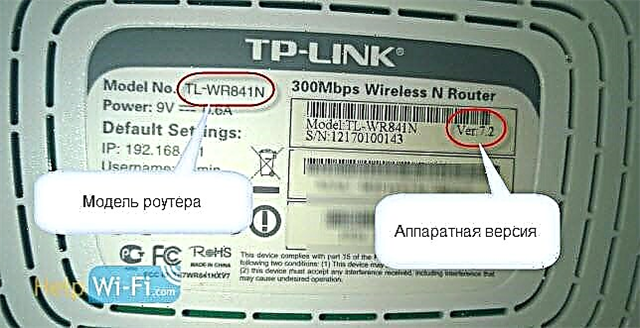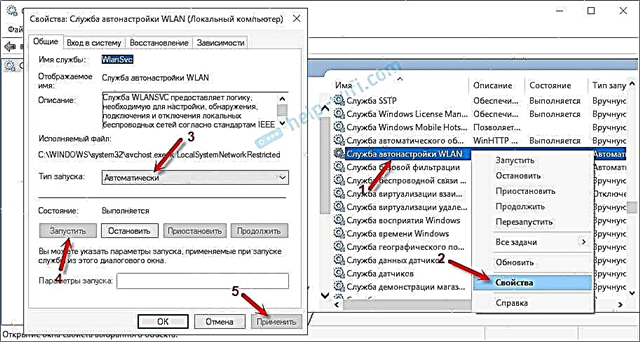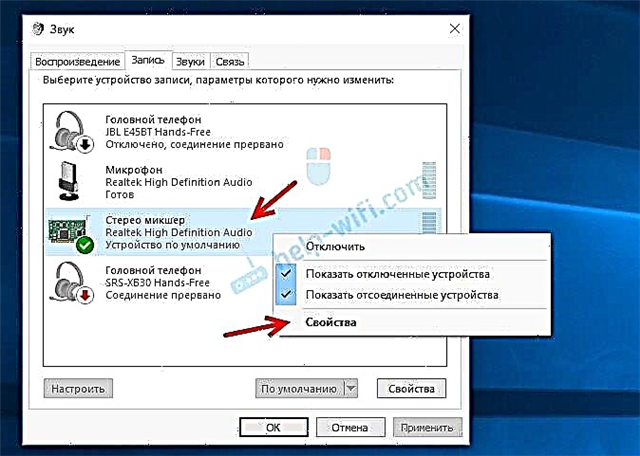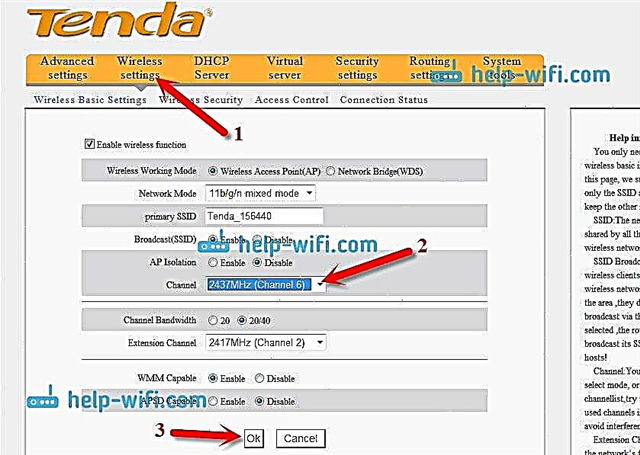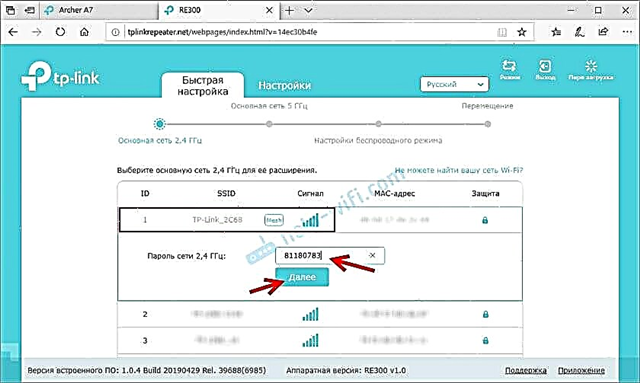In this article, I want to talk in detail about the OneMesh devices from TP-Link and about the TP-Link Mesh technology itself. We will also look at the process of configuring a router and a Wi-Fi signal amplifier with OneMesh support. Let's see how it all works with a real example. But I want to start with the fact that the process of strengthening (expanding) a Wi-Fi network always has a downside. We increase the range of the network, but at the same time the connection speed drops and the stability of the devices on this network worsens. Technologies such as TP-Link Mesh are designed to optimize the performance of the Wi-Fi signal booster. So that devices on such a network get a fast and stable connection.
Until recently, there was only one way to strengthen a Wi-Fi network (without using wires) - to install a regular signal amplifier (repeater). Yes, they amplify the signal, but devices in such a network take a very long time and unstably switch between the router / repeater. The connection speed drops as well. Then came Wi-Fi Mesh systems, with which you can create a large, seamless Wi-Fi network. And it's just perfect for large houses and apartments. Fast roaming is supported in the Wi-Fi network created by the Mesh system modules. Devices between modules are switched with little or no connection loss. The entire site, house, apartment, office has one Wi-Fi network. Such a network is fast and stable. Now, network equipment manufacturers have begun to transfer technology from Wi-Fi Mesh systems to conventional Wi-Fi routers and Wi-Fi signal amplifiers. TP-Link calls this technology TP-Link Mesh. And devices that support this technology are included in the OneMesh line.
OneMesh and TP-Link Mesh - what is it?
TP-Link Mesh Is a mesh technology that allows you to combine devices (routers, signal amplifiers, Powerline adapters) into one seamless Wi-Fi network. To ensure a stable and fast connection of devices within this network.
OneMesh Is the name of a line of devices that support TP-Link Mesh technology.
This technology was created so that we could expand our Wi-Fi network and do it efficiently and cost-effectively. No need to spend money on the same Wi-Fi Mesh system. If, for example, we have a router from the OneMesh line, then we simply buy an amplifier from the same line of devices, install it and get a wider range of a seamless Wi-Fi network. Not noticing any changes in the network. Its radius of action just increases. Multiple amplifiers can be connected. But in TP-Link I do not advise you to install more than two pieces.
We know that fast roaming in a Wi-Fi network works thanks to the support of three standards: 802.11k, 802.11r and 802.11v (I wrote about this in more detail in the article Seamless Wi-Fi. Fast Roaming (802.11r) in Wi-Fi Settings Mesh systems). According to the idea, all routers and repeaters with OneMesh support should support these standards. But for some reason I have not found this information anywhere. This is not indicated in the characteristics of devices from this line. I will try to find out this information and complete the article.
At the time of this writing, OneMesh support is available on a small number of devices from TP-Link (for Ukraine and Russia):
- Common Wi-Fi routers: Archer A7 (V5.0), Archer C7 (V5.0), Archer C6 (V2.0), Archer A6 (V2.0).
- 3G / 4G routers: Archer MR600 (V1.0), Archer MR200 (V4.0), Archer MR400 (V3.0)
- Wi-Fi signal boosters: RE300 (V1.0), RE200 (V3.0), RE305 (V3.0).
You can view a list of current devices on the TP-Link website, on this page.
OneMesh support is being added in recent firmwares. For example, here is the latest firmware on the TP-Link website for the Archer A7 (V5.0):

TP-Link promises that in the near future support for OneMesh technology will be available on most modern routers, modems, signal amplifiers, Powerline adapters. You just need to check if OneMesh support is added in the latest firmware and install it. Read more in the instructions for updating the firmware on the Tp-Link router. You can also see if there is a OneMesh section in the router's web interface.
More information about OneMesh:
- OneMesh network can only be built from a router, one or more signal amplifiers or Powerline adapters. You cannot use another router with OneMesh support to amplify the signal. It will not be possible to connect a router with another router within the framework of this technology.
- For the best work of seamless roaming in a Wi-Fi network, it is recommended to enable Smart Connect technology (this must be done after connecting the amplifier, in the router settings). Smart Connect technology automatically distributes connected devices between 2.4 GHz and 5 GHz.
- It is possible to configure the following scheme: router + signal amplifier + signal amplifier. That is, you can connect the second OneMesh amplifier to the first one, and not to the router. But TP-Link advises to connect all amplifiers to a router.
- You do not need to configure OneMesh on the router. It is enough just one of the ways to connect the repeater from the OneMesh line to the router. Then, in the corresponding section of the router's web interface, information about the connected devices in the OneMesh network will appear.
OneMesh network setup
To our router with OneMesh support, you need to connect a Wi-Fi signal amplifier from the same line of devices. I have a TP-Link Archer A7 v5 router and a TP-Link RE300 Wi-Fi signal amplifier.

You do not need to configure anything on the router. But I recommend going into the router settings and checking if there is a "One Mesh" section. To make sure your router supports TP-Link Mesh technology.

The web interface has a separate tab. In addition to describing the technology itself, there is even animation on it that shows how this technology works. In my case (in the screenshot above) it is written that no OneMesh device works with this Mesh router. But this is for now. After connecting an amplifier, it will be displayed in this section.
If you do not have such a section in the web interface of the router, then make sure that your router is in the list of devices with OneMesh support (you can check it on the TPLink website, the link is at the beginning of the article). If so, update the firmware.
We will return to the settings of the router to check if the signal amplifier appeared there after connecting.
We connect OneMesh Wi-Fi signal amplifier (for example TP-Link RE300)
There are three ways to connect a repeater (not only TP-Link RE300, but also other models) to the router:
- By pressing the WPS button on the router and repeater. The fastest and easiest way.
- Connect to the repeater's Wi-Fi network, go through the browser to its web interface, start the setup, select your Wi-Fi network, enter the password and connect.
- Configure your signal booster via TP-LINK Tether app.
I'll show you the first two ways. I think they will be enough.
Using WPS
You can go to the web interface of the router, in the "One Mesh" section, and check if our amplifier has appeared there.
Note the advice in this window: "Turn on Smart Connect for OneMesh and the best seamless roaming experience." You can follow the link and enable this feature. Function Smart Connect allows you to automatically select the range with the fastest speed. If, after enabling Smart Connect, problems appear with the connection of some devices, disable this function.

Click on the connected device to open a window with some settings and information. There you can change its name, location, see the signal level. You can also go to the settings of the amplifier itself (button "Device control"), or disconnect it from OneMesh.

This completes the OneMesh network setup. Now you have one seamless Wi-Fi network in your home. Then I will show you how to configure the repeater via the web interface (if the WPS method did not work). Again, this is the standard way to configure any repeater. It doesn't matter if it has OneMesh support or not.
Configuring TP-Link RE300 via the web interface
At the factory settings, the Wi-Fi signal amplifier broadcasts an open Wi-Fi network. It is usually called "TP-Link_Extender". If you have already configured the amplifier, it does not distribute Wi-Fi, then you need to reset the settings. Press the Reset button for 5-10 seconds. We connect to the amplifier's Wi-Fi network.

Then open any browser and go to the address tplinkrepeater.net (more in this article). The repeater asks us to set an administrator password (to protect the settings page). We come up with it, set it and continue.

TP-Link RE300 (or another model that you have) will immediately start looking for available Wi-Fi networks and will first offer to connect to a Wi-Fi network in the 2.4 GHz band. If necessary, you can skip network connections within a certain range. We need to select our network and enter a password. Please note that the Wi-Fi network of the OneMesh enabled router will be marked with "Mesh".

Then we connect to the network in the 5 GHz range in the same way.

We confirm the settings and wait for the amplifier to connect to the wireless network and reboot. Then it clones the name of your Wi-Fi network (s), clones passwords and merges with the router into one seamless Wi-Fi network, in which the devices can very quickly switch between the router and the signal amplifier. This is how fast roaming works in Wi-Fi networks.
If you have any questions, ask them in the comments. Feel free to share your opinion on TP-Link Mesh technology and devices from the OneMesh line. It will be interesting to read about your experience with these devices.


